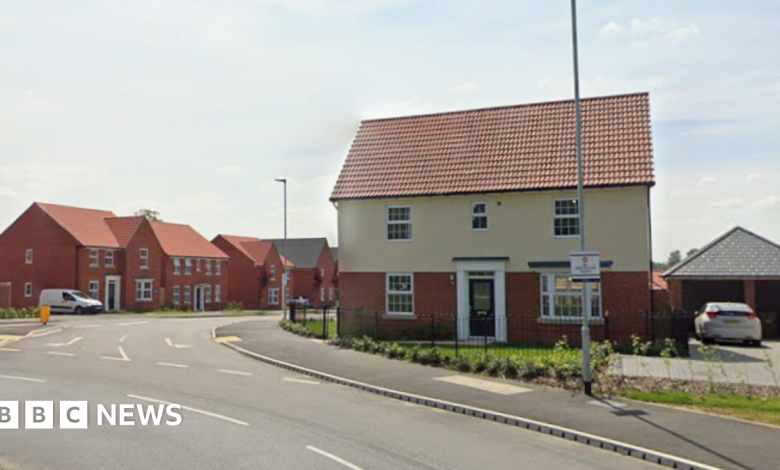406-home estate in Cringleford approved despite road concerns

Cringleford Housing Development Moves Forward Despite Infrastructure Concerns
In a significant step for local housing development, the second phase of a major residential project in Cringleford has received unanimous approval, despite raising substantial concerns about infrastructure and public services. This decision marks an important milestone in the village’s growth trajectory, though it comes with numerous conditions attached to address community needs. The development’s story began in 2013 with the first phase, which outlined plans for 650 homes on the northern section of the site, establishing the foundation for what would become a comprehensive housing solution for the area.
As the project advanced to its second phase, Cringleford Parish Council voiced strong reservations, insisting that construction should not proceed without a crucial link road connecting Woolhouse Way and Sorrel Way. Mr. Wang, representing local interests, argued persuasively that the absence of such a connection would constitute a breach of both regional and neighborhood transport policies. His concern centered on the potential consequence of forcing new families to rely heavily on private vehicles for transportation, running counter to modern urban planning principles that emphasize connectivity and reduced car dependency. This perspective reflects broader concerns about sustainable development and the quality of life for future residents who might find themselves isolated without proper transportation infrastructure.
The healthcare implications of the development sparked equally serious debate. Representatives from the NHS trust and the East of England Ambulance Service presented compelling evidence that the influx of approximately 766 new residents would place considerable strain on already overburdened medical facilities and emergency response systems. Their request for substantial financial support—in the six-figure range—reflected the significant challenges these services would face in accommodating a sudden population increase. This highlighted the often-overlooked aspect of housing developments: while new homes address one community need, they simultaneously create pressure on existing social infrastructure that must evolve to meet growing demands.
In an interesting counterpoint to these concerns, council officers rejected the calls for NHS funding through the development, explaining that Section 106 payments—the financial contributions developers make to offset the impact of their projects—could not be allocated to support broader operational challenges in healthcare. This decision reveals the complex financial and regulatory framework that governs how developments interact with public services, and the limitations that exist within current planning policy. The tension between building new homes and supporting the services those homes will require demonstrates a persistent challenge in community planning that affects municipalities nationwide.
The developers responded to these concerns with assurances about their design philosophy. They maintained that the site’s layout was specifically engineered to accommodate the future construction of the requested link road, even while asserting that the development remained “acceptable without it” in its current form. Their presentation emphasized the multiple benefits the project would bring to the community beyond just housing—including biodiversity enhancements and various community amenities. Furthermore, they highlighted that the completion of this project would fulfill the village’s housing quota under the local plan, suggesting that the development represents not just an opportunity but a responsibility for the community to meet its designated growth targets.
The unanimous approval of the scheme reflects a careful balancing of these competing interests, with council members imposing numerous conditions to ensure the development serves the community’s broader needs. Affordable housing requirements stand among the most significant of these conditions, addressing crucial concerns about accessibility and economic diversity within the new neighborhood. This decision embodies the complex trade-offs that characterize modern community development: weighing immediate housing needs against infrastructure requirements, balancing private development interests with public service capacities, and reconciling short-term construction impacts with long-term community benefits. As Cringleford prepares for this substantial change to its landscape and population, the conditions attached to the approval will play a crucial role in determining whether this development truly enhances the community it aims to serve.








